This month in digicam history: The DSLR goes mainstream, Sony gives smartphones a shot in the arm, and one seriously tiny camera debuts
posted Friday, June 21, 2013 at 1:28 PM EDT
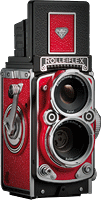
Last month, we kicked off a new series of articles covering the history of the camera market. The idea for the series was born from our celebration of Imaging Resource's 15th birthday, which brought us to the realization that as thrilling as it can be to look forward to what's coming down the road for photographers, it's just as exciting to look back and realize how far we've come. With this series we hope to give you a sense of that excitement, and of just how great today's cameras really are. (Not to mention some of the interesting ideas that -- for whatever reason -- fell by the wayside.)
In May's article, we set the formula with a look back at three distinct time periods: 15, 10, and 5 years past. We welcomed the arrival of the much-loved Nikon swivel camera, revisited one of the first cameras to feature a truly open operating system, remembered the impact of the SARS epidemic and the Beijing Olympics on photography, and bid a fond farewell to the face that graced a decade of test images.
As we said last month, we're not going to list every product and review, but rather we'll call out a few of the most interesting. If you want to dig deeper, you can find more in our archives. This month, we'll look at the state of the camera market in June 1998, June 2003, and June 2008.
So... where would the passing of another month find us? Without any further ado, let's roll up our sleeves once more, and find out with another trawl through the archives for some cameras of yesteryear!
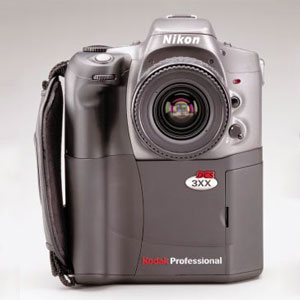
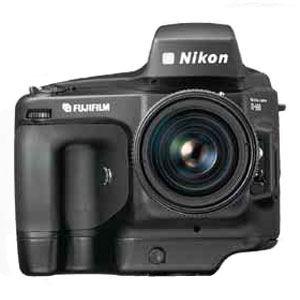
June 1998.
As Imaging Resource reached its three-month anniversary, perhaps the most exciting news was the debut of two new digital SLRs, both based on Nikon film camera bodies. The Kodak DCS 315 was built around a Nikon Pronea 600i, while the Fujifilm Fujix DS-560 was also available as the Nikon E3, and was based upon Nikon F100 internals.
While impressive for their time, both pale in comparison to what's available even at the consumer level now. Each had a 2.6x focal length crop and a resolution of around 1.5 megapixels. Of the duo, the Fujix DS-560 was by far the higher-performing model, able to shoot at ISO 3,200, and as fast as two frames per second for a burst depth of three frames. The pricetags? US$6,000 for the Kodak, and US$5,000 for the Fujifilm. Think of that the next time you pick up your sub-$1,000 DSLR and rattle off a burst of frames at ISO 6,400!
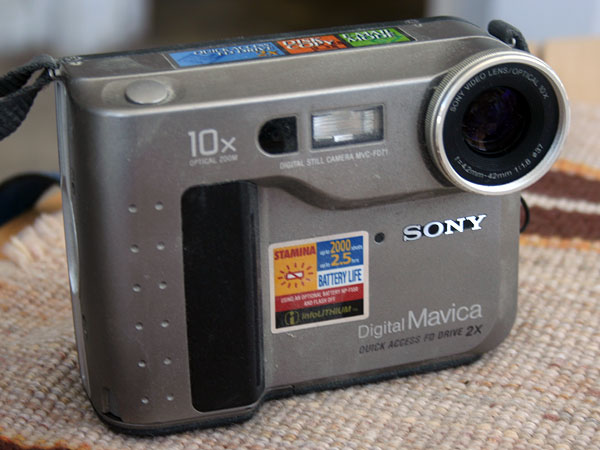
The consumer camera announcements for June '98 are a veritable Who's Who of failed camera manufacturers. In fact, of the cameras announced that month, only Sony remains. Its new models -- the Mavica FD51 and FD71 -- were modest level-ups of the floppy-disk based Mavica line, and were most notable for an early use of InfoLithium battery technology.)
Agfa, Philips, and Toshiba also dropped new models, but all would eventually exit the camera market. Of their new offerings, the Toshiba PDR-5 -- which we subsequently reviewed -- struck us as particularly interesting for being the first to use a reflective LCD panel. This attempted to solve the problem of glare outdoors by using the sunlight itself as a backlight, but instead made the screen harder to see indoors. Lesson learned, these displays never gained widespread acceptance, and their use petered out within a couple of years.
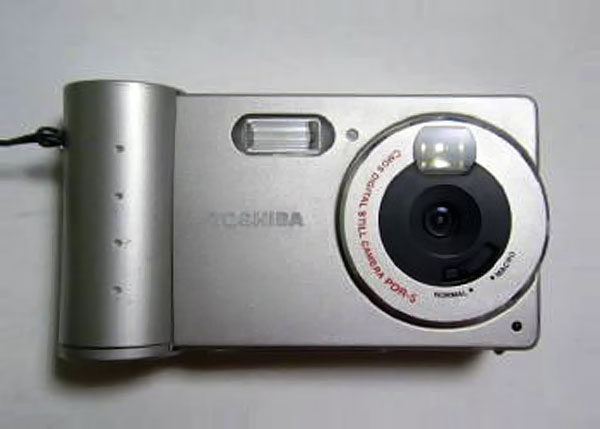
One last development of interest for June '98 was the arrival of IrDA VFIR infrared data transfer, demonstrated by Hewlett Packard at 16Mbps. With the benefit of another 15 years of development, the Infrared Data Association has now pushed the technology to 1Gbps, and is working on extensions allowing 10Gbps IR transfer, although other technologies like Bluetooth have long since supplanted the once-popular infrared
June 2003.
Jumping forward ten years, perhaps the most unusual product launch was Sony's Qualia 016 digital camera. We're guessing this would likely still rank as the smallest dedicated digital camera ever released by a mainstream manufacturer. At just 69 x 24 x 17 mm, the Qualia 016 was close to the same size as a pack of gum, and yet somehow packed in a two megapixel image sensor, 41mm-equivalent f/2.8 lens, and even an LCD monitor. Admittedly, at just 0.6-inch diagonal, it was also likely the smallest display we've seen on any camera. In fact, to make it usable, a magnifying viewer was included in the product bundle, as was a flash unit that nearly doubled the size of the camera, and two small conversion lenses.
The whole lot came in a tiny, snazzy briefcase, and cost an eyewatering US$3,200. Fairly obviously, it was intended as a collectors' piece, and as a headline-grabbing technology demo emphasizing the small size of the nascent Memory Stick Duo memory format, not a product intended to be used in the real world. But man, would you ever have felt like James Bond if you were one of the very few who owned one!
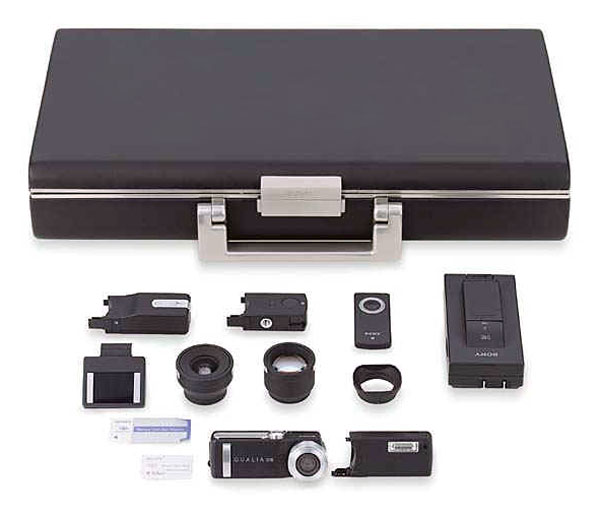
Of more importance in the real world was the Olympus E-1, the very first model to feature a Four Thirds lens mount, and the mirror-based forerunner to today's Micro Four Thirds mirrorless models. The E-1 had been previewed at Photokina the previous year, but was nearing public availability at a street price of US$1,800. We had a hands-on preview of the E-1 to coincide with the announcement of the company's brand-new Global Pro Service, making it clear that Olympus had aspirations at the top end of the market. (Simultaneously, Kodak confirmed that it was responsible for the E-1's five megapixel image sensor.)
Olympus' vision of the E-1 as a professional tool was reinforced when the company drew comparisons between its new model, Canon's 1D-series, and Nikon's D1-series. Unfortunately for Olympus, the E-1 never managed to break those products' grip on the pro market. Its DSLR line now appear to be dormant, as it's been almost three years since the debut of the most recent Four Thirds DSLR, the Olympus E-5. The Global Pro Service remains as a lasting legacy, though, and so too does the sensor format used by the Four Thirds mount, which was retained for the popular Micro Four Thirds mirrorless format.
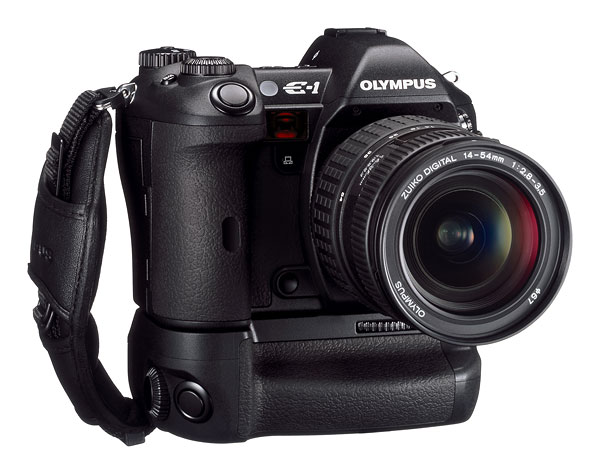
Another interesting enthusiast-grade camera announced that month was the Canon PowerShot G5, an update to the earlier Canon G3. While the changes were few -- largely a higher-res image sensor -- the bright lens and control-rich body with optical viewfinder helped ensure swift sales of the latest in a series that started way back in 2000 with the Canon G1.
Among the many other reviews for June, the most interesting are the CD-based Sony CD Mavica MVC-CD500 and MVC-CD350. Both look incredibly dated by today's standards, but with the flash card capacities and pricing of the time, the ability to write directly to roomy CDs was huge. Unfortunately, so too were the cameras, and as flash memory became cheap and capacious, the raison d'être for the CD Mavica vanished. These were to be the last in the series, which quietly disappeared just as had the floppy disk-based Mavicas a couple of years previously.
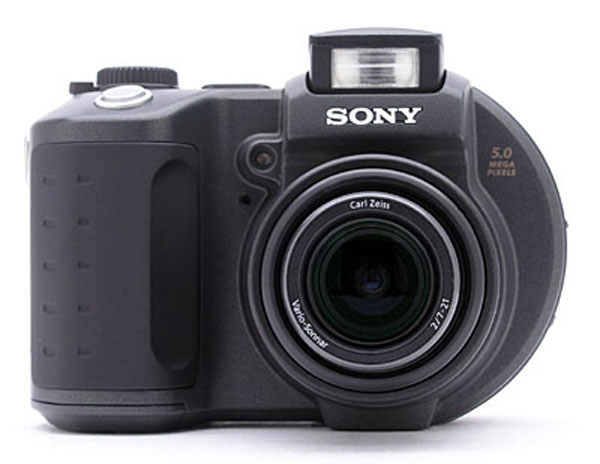
One last thing that caught our eye in the archive from June 2003 was the assertion from German photo magazine ColorFoto that Nikon would debut a new lens mount for 35mm full-frame cameras, requiring larger, heavier, and more expensive optics. The idea seems comical now, but hindsight is obviously 20/20. It does go to show that the rumor mill can get things badly wrong, though, which is precisely why we very seldom comment on rumors here at Imaging Resource. (Well, that and the fact that we're typically under a non-disclosure agreement for upcoming products, something we take very seriously.)
June 2008.
And so we come to just five years past. The most significant announcement for June 2008 came from Sony, and it's one that gave a huge shot in the arm to the dedicated camera's arch rival, the camera phone. (It's since gone on to have a significant impact on compact cameras, as well.) In mid-June, Sony announced development of a backside illuminated image sensor with five megapixel resolution and a 1.75µm pixel size. By moving circuitry to the rear of the chip, Sony claimed a near-doubling of sensitivity, huge news for products forced though their form-factor and cost to use the smallest possible sensor and optics.
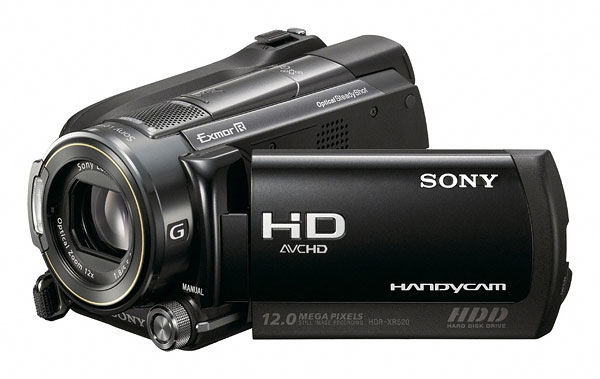
Not surprisingly, only a little over six months passed before Sony announced its first commercialization of a BSI sensor, and while the IMX061 chip that shipped first in the HDR-XR520V camcorder differed somewhat from the chip shown in June 2008, it was clearly a harbinger of things to come. BSI chips are now commonplace in smartphones and compact cameras alike, contributing to a noticeable and very worthwhile improvement in image quality and noise characteristics over standard sensors.
It was also a good month for consumer SLR fans. Not only did Canon unveil the extremely affordable Rebel XS, which hit a pricetag of US$700 with kit lens, but we also wrapped up a review of its nearest competitor. While neither the Canon Rebel XS or the similarly-priced Nikon D60 would've ignited the passion of an enthusiast, both represented a good balance of image quality, approachability, and affordability. And in many respects, both bested professional SLRs which had cost 7-8 times as much, just ten years earlier. The era of the consumer SLR was well and truly here, and we reveled in it.
For compact cameras, the news wasn't so rosy. The market had plateaued, and was beginning a slight decline in unit sales. At the same time, prices were plunging as manufacturers fought tooth and nail to get cameras off shelves, and into the public's hands. Perhaps tellingly, no compact cameras were launched that month from the big fish, leaving once-famed spy camera company Minox to release the sole fixed-lens model. The gimmicky Minox DCC Rolleiflex AF 5.0 showed the lengths one had to go to in order to get attention in a struggling market. In essence, it was an off-the-shelf design shoehorned into a half-scale replica of a Rolleiflex twin-lens reflex camera, with its standard image sensor masked off to provide a TLR-like square aspect in output images. But it certainly looked the part, if you didn't pay too close attention!
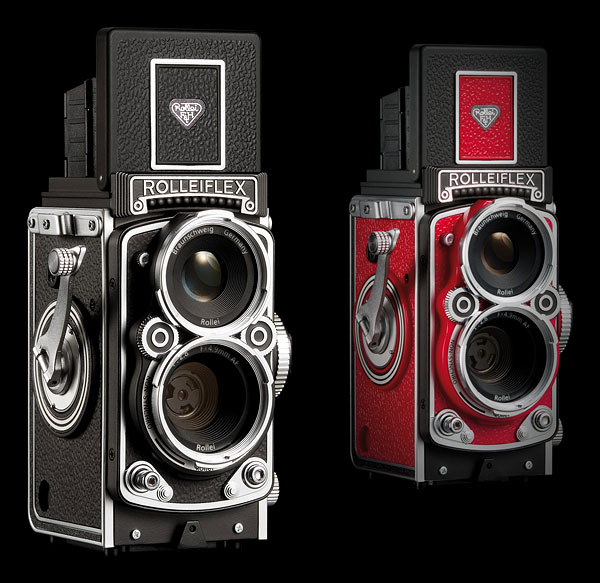
So too did another decidedly non-digital camera sold that month -- the quirky Photo Revolver de Poche, a revolver-like film camera made in 1883. The Photo Revolver sold at auction for an incredible US$88,000, alongside the very first Leica M8 ever made. The latter fetched US$37,000, and proceeds benefited Reporters without Borders, a Paris-based non-profit advocating freedom of the press.
Did you own -- or just lust after -- one of these cameras? Are there any features that stand out in your memory, good or bad? Or perhaps you'd like to share your own favorites from all those years ago. Either way, reminisce in the comments below.
(Sony Mavica MVC-FD71 image courtesy of Robert Taylor / Flickr. Used under a Creative Commons CC BY 2.0 license. Toshiba PDR-5 image courtesy of Tomicadas website.)